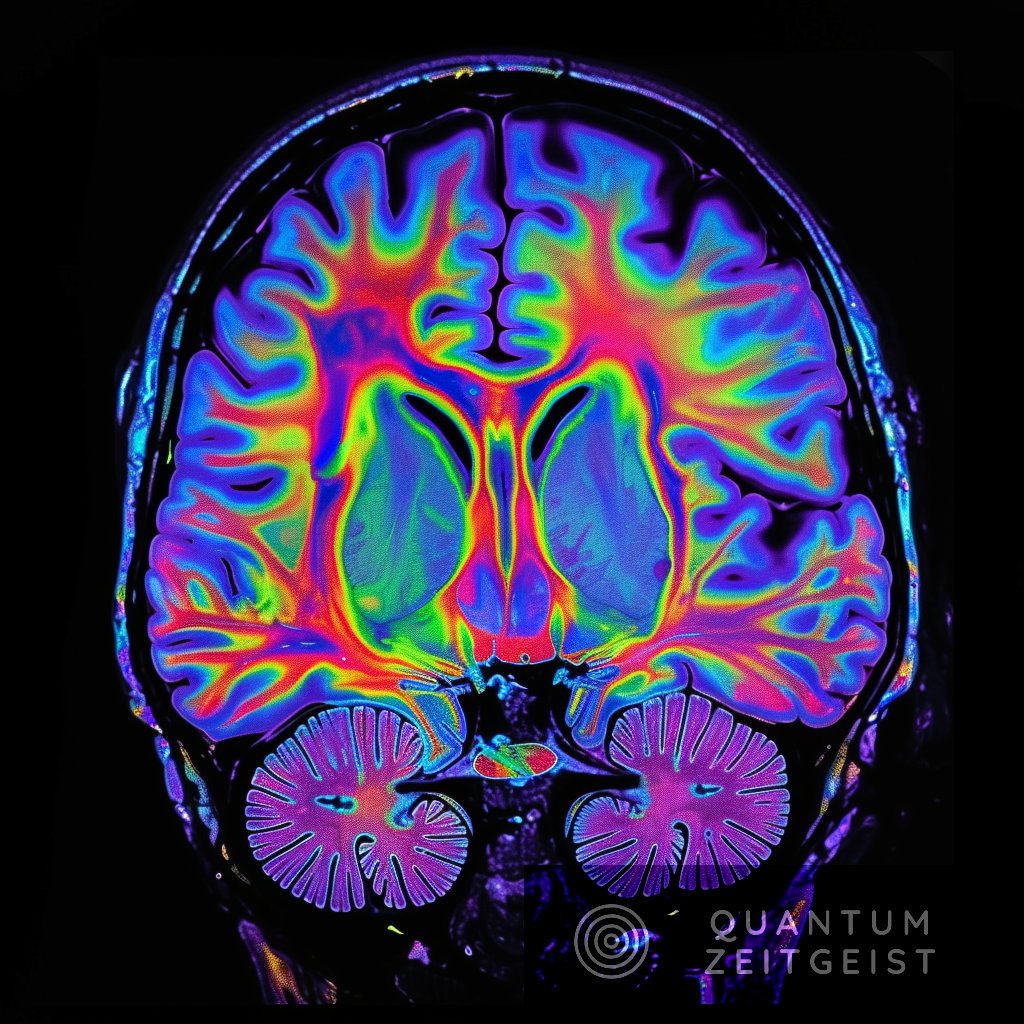Analog In-Memory Computing (AIMC) is set to transform medical AI analysis by offering more efficient and scalable processing for growing medical data. Traditional digital systems often face the Von Neumann bottleneck, leading to inefficiencies, while AIMC promises better efficiency and lower power use. However, AIMC is susceptible to noise, which can impact computation accuracy. A recent study explored AIMC’s application in medical imaging tasks, focusing on algorithmic aspects. The study revealed that while some architectures are vulnerable to noise, others like the Swin-like transformer architectures show remarkable noise resilience. AIMC also enhances data processing efficiency in medical imaging, and noise can inadvertently lead to more resilient models in hardware-aware training.
What is the Role of Analog In-Memory Computing (AIMC) in Medical AI Analysis?
Analog In-Memory Computing (AIMC) is an emerging paradigm that promises to revolutionize the field of medical AI analysis. This technology is a departure from traditional digital computing, offering more efficient and scalable processing for the rapidly growing medical data. Traditional digital systems are often hindered by the Von Neumann bottleneck, where data and instructions travel separately, leading to inherent inefficiencies. AIMC, on the other hand, promises better efficiency and lower power use. However, it also faces challenges such as susceptibility to noise, which can impact computation accuracy.
In a recent study, memristor-based Bayesian neural networks (BNNs) were investigated for heartbeats classification. However, the current work explores AIMC’s application on a broader range of medical imaging tasks, analyzing if it can effectively address healthcare needs while managing noise issues. The primary focus of this research lies on the algorithmic aspects, given that AIMC accelerators are still in the early stages of development.
How Effective is AIMC in Medical Imaging?
A comprehensive evaluation of AIMC for medical imaging was conducted using three benchmark datasets: Brain Tumor Segmentation, Spleen Segmentation, and Nuclei Detection. The study incorporated advanced architectures like UNet and Swin Transformer, trained via AIHWKIT. The benchmarks and training methodologies aimed to assess AIMC’s effectiveness in critical medical imaging tasks, highlighting its potential and capabilities in this evolving field.
The study on noise resilience in medical imaging models revealed two key insights. First, the pyramidal structure of UNet models leads to increased noise vulnerability, as evidenced by dice score reductions in brain segmentation tasks. This vulnerability is attributed to their alternating downsampling and upsampling design, which can amplify noise variations. In contrast, Swin-like transformer architectures exhibit remarkable noise resilience with a negligible performance drop. Their isotropic design, which treats image patches consistently and lacks hierarchical convolutional operations, contributes to their enhanced stability against noise disturbances.
How Does AIMC Enhance Data Processing Efficiency in Medical Imaging?
In medical imaging such as MRI and CT scans, AIMC significantly enhances data processing efficiency. Unlike traditional methods, AIMC’s pipelining ability allows for rapid parallel processing of sequential image slices, crucial for three-dimensional anatomical analysis. This approach not only improves throughput in urgent medical scenarios but also optimizes energy usage and minimizes latency between slices, making it particularly effective for volumetric data in tumor segmentation.
How Does Noise Impact AIMC Models?
While noise in computational models is often seen as detrimental, in hardware-aware training (HWA training), it inadvertently leads to more resilient models. These models, trained under controlled noise conditions, show improved noise tolerance and prediction certainty. In critical healthcare applications, the certainty of model predictions is vital as it minimizes the risk of misdiagnosis and enhances decision-making in treatment planning. This is especially evident when comparing digital and analog-trained models such as the UNet architectures.
What is the Future of AIMC in Medical Imaging?
In-memory computing (IMC) holds promise in refining medical imaging, with transformer structures surpassing their pyramidal counterparts in resilience to noise. Rather than being detrimental, strategic noise injection fortifies model precision, an essential aspect in healthcare. This approach mitigates overfitting and boosts confidence in diagnostics. Future efforts will focus on advancing transformer-based analog-aware architectures through the application of neural architecture search, catering to a wide array of medical imaging tasks.
Publication details: “Analog In-Memory Computing with Uncertainty Quantification for Efficient
Edge-based Medical Imaging Segmentation”
Publication Date: 2024-02-01
Authors: Imane Hamzaoui, Hadjer Benmeziane, Z.R. Cherif, Kaoutar El Maghraoui, et al.
Source: arXiv (Cornell University)
DOI: https://doi.org/10.48550/arxiv.2403.08796

